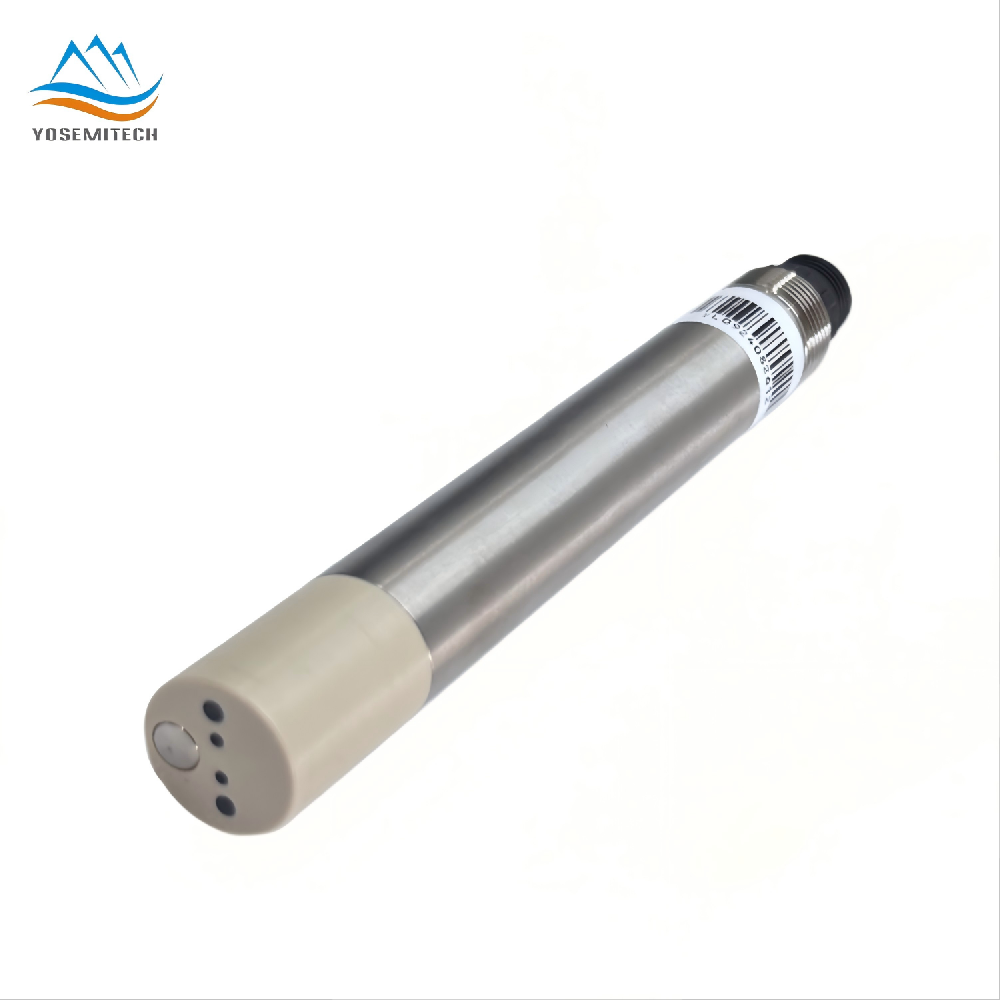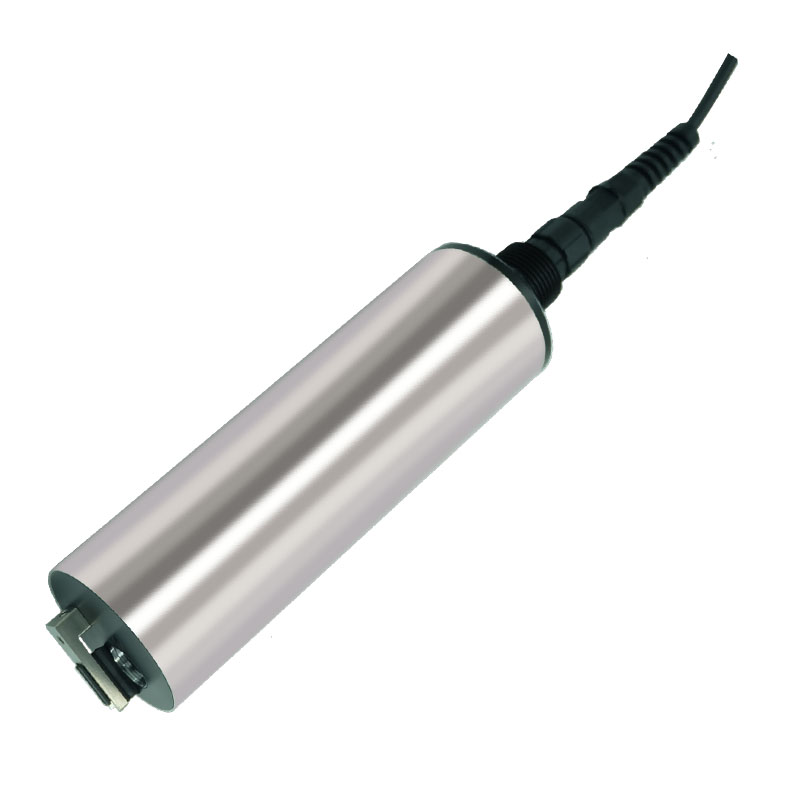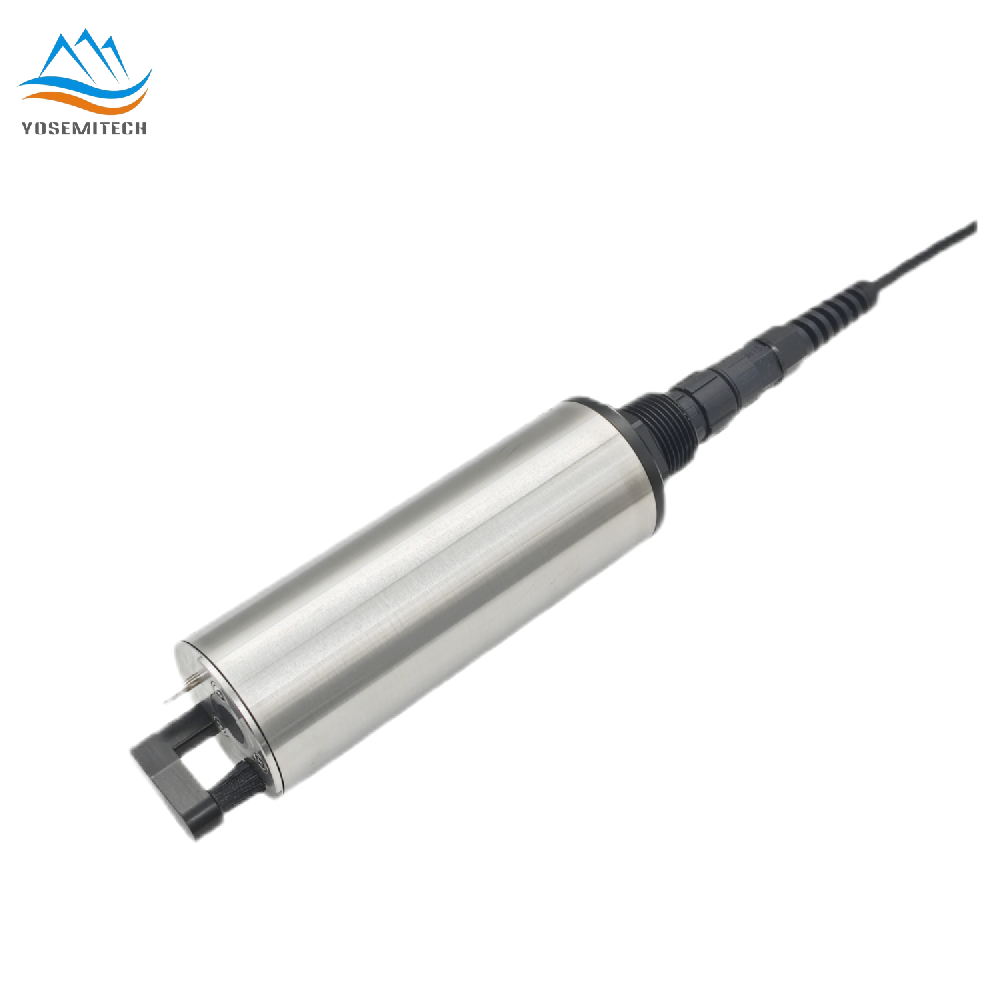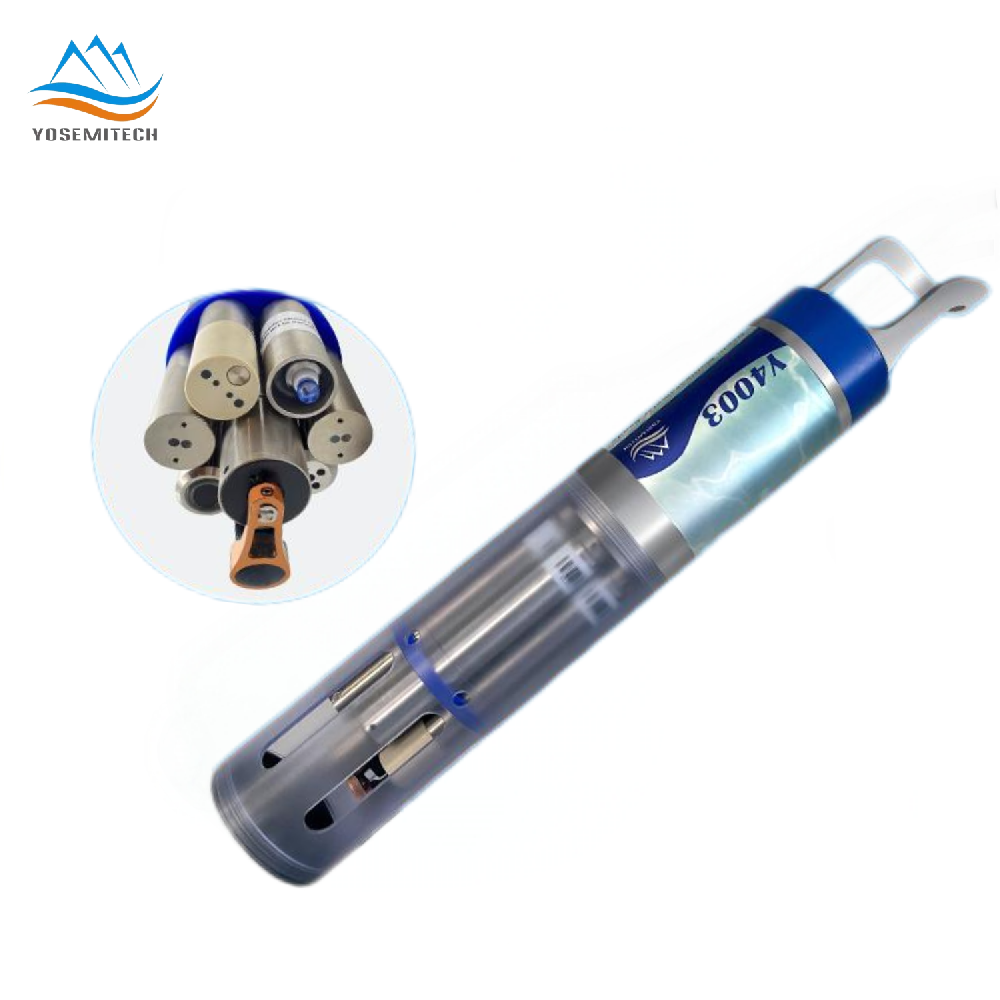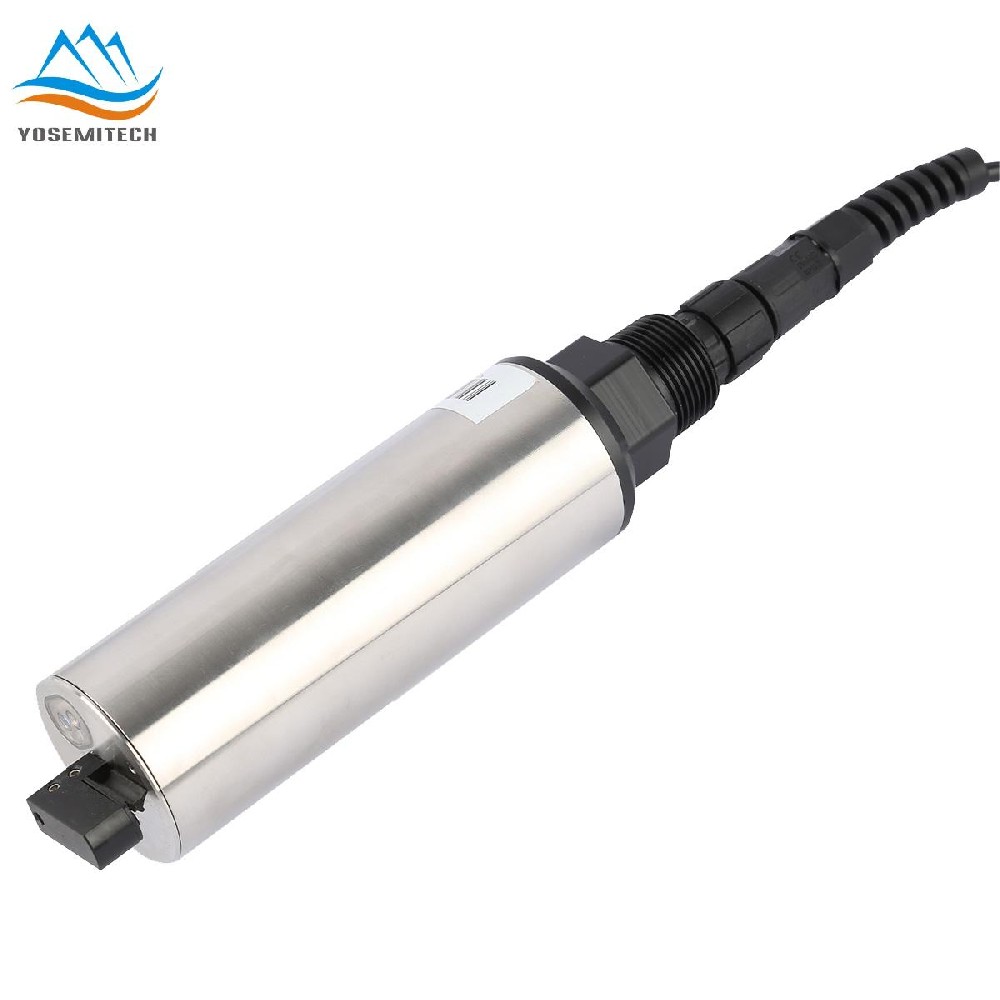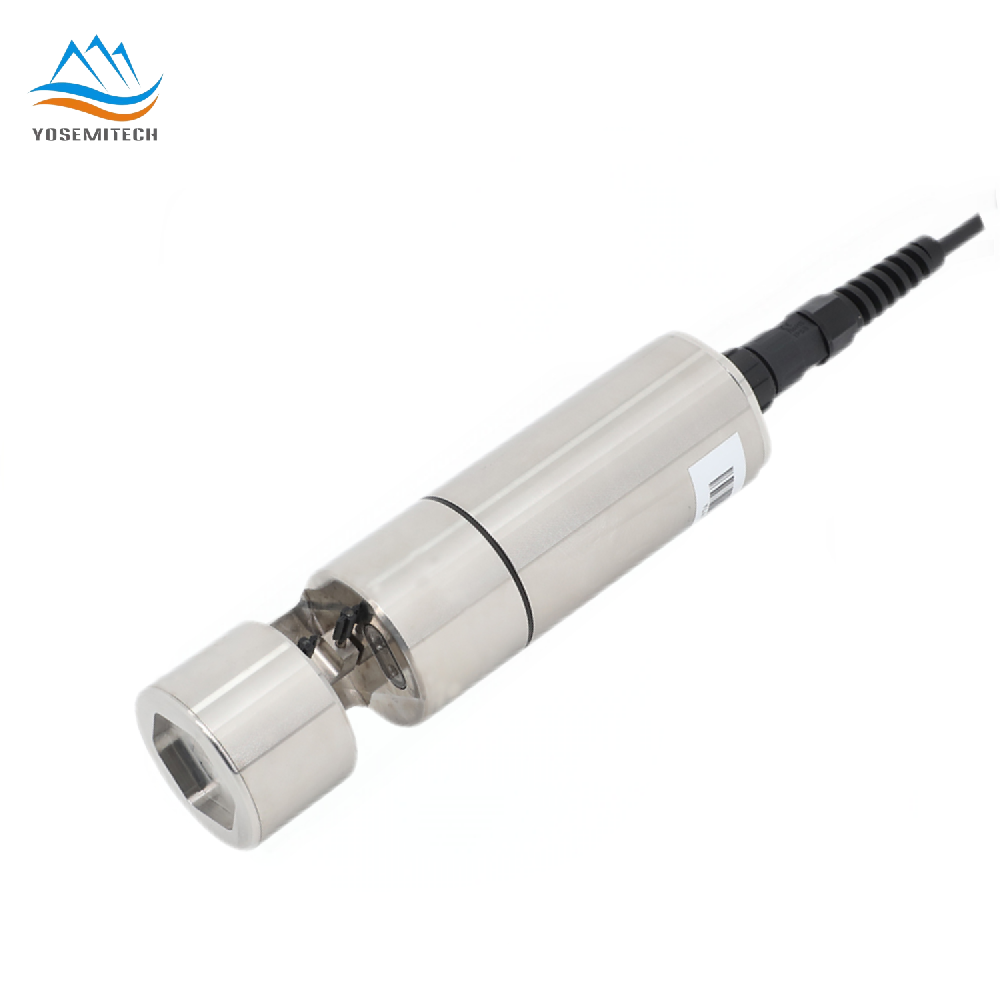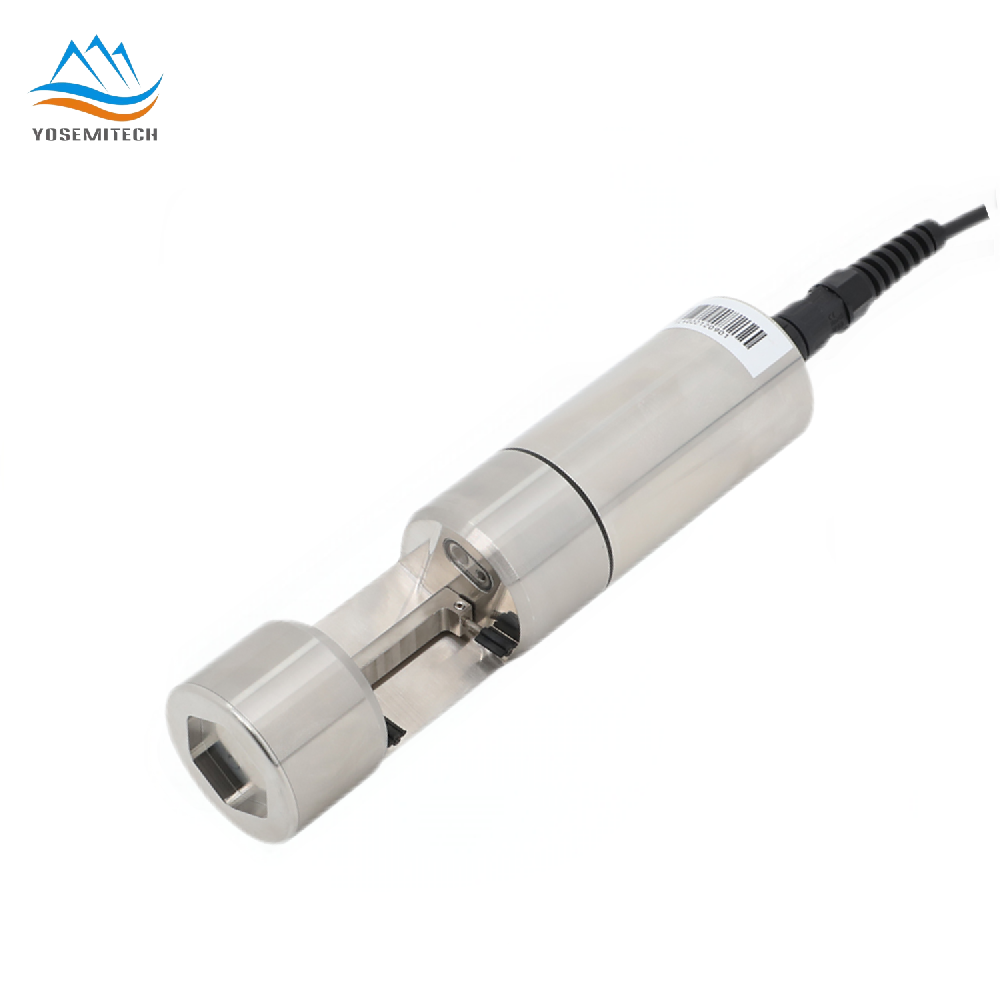Industry news
Five routine indicators of water quality monitoring
Writer: admin Time:2023-12-05 16:34:26 Browse:902℃
Five indicators routinely used for water quality monitoring:
pH: Changes in pH in surface water quality affect the ability of algae to take up oxygen and the sensitivity of animals to food intake;
Conductivity: mainly measures the electrical conductivity of water and monitors the total ion concentration in the water body. Contains a variety of chemicals, heavy metals, impurities and so on a variety of conductive material total.
Dissolved oxygen: dissolved oxygen in surface water in addition to the usual water sulfide, nitrite, ferrous ions and other reducing substances consumed, but also by the respiration of microorganisms in the water as well as organic matter in the water by the oxidative decomposition of aerobic microorganisms consumed. Dissolved oxygen is an important indicator for surface water monitoring, and is an indication of whether the water body has the ability to self-purify.
Turbidity: The turbidity value is a visual reflection of the turbidity of the water body. Turbidity is mainly caused by the insoluble substances in the water, insoluble substances including sediment suspended in the water, corrosive substances, planktonic algae and colloidal particles. Reducing turbidity also reduces bacteria, coliform bacteria, viruses, cryptosporidium, iron, manganese, etc. in the water.
Temperture: Changes in surface water temperature can have a significant negative impact on aquatic wildlife, affecting biological growth and the rate at which fish and shrimp species feed, as well as the timing and efficiency of their reproduction.


CATEGORIES
CONTACT US
Yosemitech Technologies Co., Ltd
 +86 19984844080
+86 19984844080
 sales@yosemitech.com
sales@yosemitech.com
 Bldg,25,CECEP Industrial Park, No. 18 Dongchang Rd. Suzhou Industrial Park, Jiangsu Province,China 215126, China
Bldg,25,CECEP Industrial Park, No. 18 Dongchang Rd. Suzhou Industrial Park, Jiangsu Province,China 215126, China
